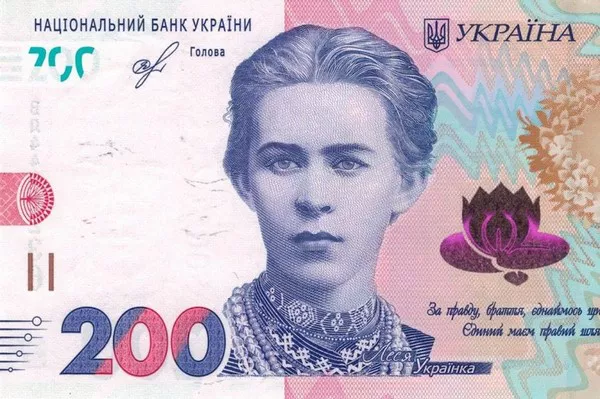The British pound, denoted as GBP and often referred to as “sterling,” is not just a symbol of the United Kingdom’s monetary sovereignty; it’s a dynamic entity in constant flux. Its value ebbs and flows in response to a multitude of factors, but none hold as much sway as the policies and actions of the nation’s central bank—the Bank of England (BoE). In this comprehensive exploration, we will dissect the intricate relationship between the BoE’s monetary policy and the GBP, unraveling the mechanisms through which the central bank influences the pound’s value in the ever-shifting landscape of global finance.
Understanding the Bank of England’s Monetary Policy
The Bank of England’s primary objective, as defined by its mandate, is to maintain monetary stability in the United Kingdom. This translates into two fundamental goals:
Price Stability: The BoE strives to keep inflation, the rate at which the general price level of goods and services rises, in check. Its target for inflation is 2%, and it uses monetary policy tools to achieve and sustain this goal.
Supporting Economic Growth and Employment: While controlling inflation is paramount, the BoE also acknowledges the significance of fostering economic growth and employment. Striking a balance between these objectives is a delicate and ongoing challenge.
To carry out its mandate, the BoE relies on a set of monetary policy tools and strategies, with the most prominent being the adjustment of interest rates.
The Bank of England’s Key Monetary Policy Tools
Bank Rate: The Bank Rate, also known as the base rate, is the interest rate at which commercial banks can borrow money from the BoE. When the BoE raises the Bank Rate, borrowing becomes more expensive for banks, leading them to increase interest rates for consumers and businesses. Conversely, lowering the Bank Rate makes borrowing cheaper, stimulating spending and investment.
Quantitative Easing (QE): QE involves the purchase of government bonds and other financial assets by the BoE. This injection of money into the financial system aims to lower long-term interest rates, making borrowing more attractive. QE can also boost asset prices, stimulate lending, and support economic growth.
Forward Guidance: The BoE employs forward guidance to communicate its intentions regarding future monetary policy. This tool helps shape market expectations, influencing interest rates and economic behavior. For instance, if the central bank indicates that it plans to raise interest rates in the future, it can prompt banks to adjust their lending rates accordingly.
The Impact on the GBP
The Bank of England’s monetary policy decisions and actions reverberate through the financial markets, profoundly affecting the value of the British pound. Here’s how the GBP responds to various aspects of the central bank’s policy toolkit:
Interest Rates: Changes in the Bank Rate have a direct and immediate impact on the GBP. When the BoE raises interest rates to combat inflation, the pound often strengthens. Higher rates attract foreign capital seeking better returns, increasing demand for the currency. Conversely, lower interest rates can weaken the pound as they reduce the return on UK assets, making them less appealing to investors.
Inflation Expectations: The BoE’s commitment to maintaining price stability influences expectations about future inflation. If the central bank is perceived as credible in its efforts to control inflation, it fosters confidence in the pound. Businesses and consumers are more likely to anticipate stable prices, supporting the currency’s value.
Economic Outlook: The Bank of England’s assessment of the UK’s economic prospects significantly impacts currency markets. Statements from the BoE, especially those concerning future monetary policy decisions, can sway investor sentiment. Positive outlooks and signals of potential interest rate hikes can drive demand for the pound.
Financial Stability: The BoE’s role in ensuring the stability of the UK’s financial system indirectly affects the pound. A stable financial environment attracts foreign investment and bolsters investor confidence, positively influencing the currency.
Brexit and External Factors: The Bank of England’s response to economic challenges posed by Brexit has direct implications for the GBP. The central bank’s policies and interventions during this period significantly influenced the pound’s value. Additionally, external factors like global economic conditions and geopolitical events can independently impact the GBP, triggering responses from the BoE.
Conclusion
In conclusion, the relationship between the Bank of England’s monetary policy and the GBP is a complex and dynamic one. The central bank’s decisions ripple through the financial markets, influencing interest rates, inflation expectations, economic outlook, and the overall perception of the pound. Investors, businesses, and policymakers closely monitor the BoE’s actions and statements, recognizing the central role it plays in shaping the British economy and the value of its currency.
The Bank of England remains an anchor of stability and a linchpin of economic management, a responsibility it shoulders with diligence and an acute awareness of the profound effects its decisions have on the GBP, the UK, and the interconnected global financial system.


